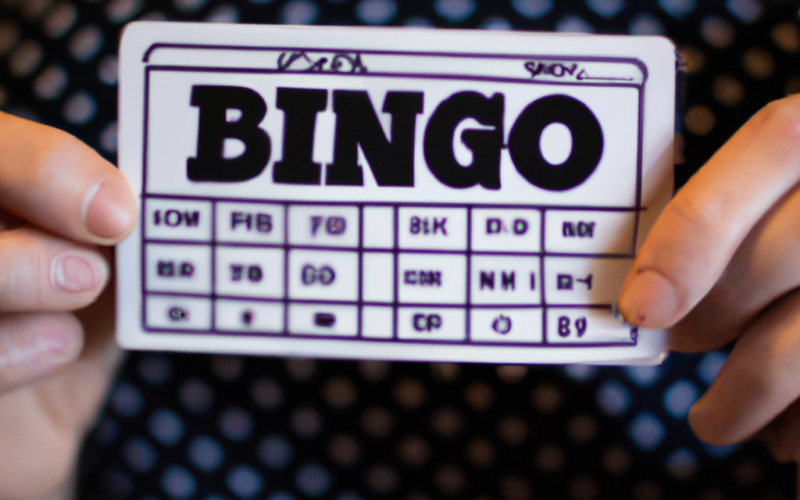How to Do Bingo in Excel:
There are a few different ways that you can do bingo in Excel. The first way is to use the built-in functions that are available in Excel. The second way is to create your own function.
The third way is to use the VBA programming language. Each of these methods has its own advantages and disadvantages.
The built-in bingo functions are fairly easy to use, but they do not allow you to customize the results as much as you might want. The function that you use will depend on the type of data that you are working with, but it generally works like this: you enter in the list of values that make up your bingo card, and the function will return a number that corresponds to a position on the card.
For example, if you entered in the values 3, 5, 7, 9, 11, 13, the function would return the number 5.
One advantage of using the built-in functions is that they are cross-platform compatible. This means that they will work on both PC and Macs. Another advantage is that they are relatively easy to learn. However, there are some disadvantages as well.
One disadvantage is that they can be slow to work with large cards. Another disadvantage is that they do not allow you to customize the results as much as you might want.
The second method of doing bingo in Excel is to create your own function. This method allows you a lot more flexibility than using the built-in functions, but it does require some knowledge of VBA programming language. To create a custom bingo function, first you will need to create a module in VBA and then add the function module to your workbook. Once you have done this, you will need to define some parameters for your function.
These parameters will determine what information your function will need in order to work properly. For example, if your function requires the list of values that make up your card, then you will need to specify this information in your parameters. After you have defined your parameters, you will need to write your code for your function. This code will determine how your function works and what results it will produce.
One advantage of using a custom bingo function is that it allows for a lot more customization than using the built-in functions do. You can specify how many rounds of bingo should be played, what color each square should be (or not be), and even whether or not there should be any wild cards used in play (if so, how many).
Additionally, custom functions are generally faster than using the built-in functions because they are not reliant on external software modules (like VBA) for their functionality. However, custom functions also require more expertise than using the built-in functions do – so if you are not familiar with VBA programming language then using a custom bingo function may not be an option for you.
The final method of doing bingo in Excel is through use of VBA programming language – which is by far the most advanced option available! With VBA programming language, you can control every aspect of how your game plays – from setting up rounds and rules down to how individual squares on the card are displayed onscreen. This level of control gives you a great deal of flexibility when creating your game – allowing for virtually any kind of configuration that you might desire! Additionally, VBA programming language offers some unique advantages over using either the built-in or custom functions – such as being cross-platform compatible and being able to output results in various formats (such as HTML or PDF). However, like with any specialized skill set there is a learning curve involved with using VBA programming language – so if this isn’t something that interests or excites you then it may not be an option for you when it comes to doing Bingo in Excel!.






